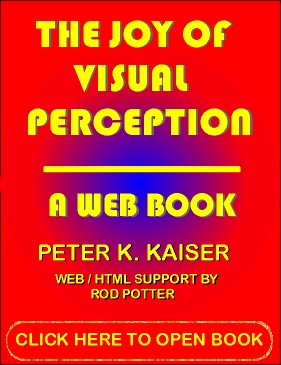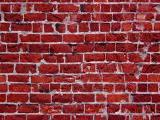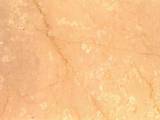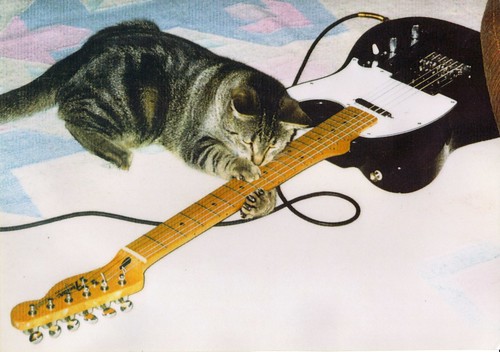Visit this site for up-to-date research on human vision, animal vision, visual perception, color vision, motion perception, binocular vision, stereo vision, depth perception, visual neuroscience, photoreceptors, cones, rods, receptors, retina, LGN, cortex, acuity, eyeglasses, laser eye surgery, laser vision correction, PRK, LASIK, custom wavefront LASIK, visual optics, visual cognition, visual memory, visual learning, vision and art, visual illusions, refraction, accommodation, wavefront aberrations, eye movements, saccades, eye-tracking, biological motion, eye hand coordination, vision and action, visual crowding, visual masking, spatial vision, temporal sensitivity, flicker, optometry, ophthalmology, texture perception, classification image, reverse correlation, spatial uncertainty, visual search, visual noise, clinical vision science, 3D vision, attention, brain imaging, fMRI, VEP, mfVEP, contrast, face perception, genetics of vision, lightness, brightness, object recognition, shape perception, scene perception, and consciousness.

















































Recent Comments